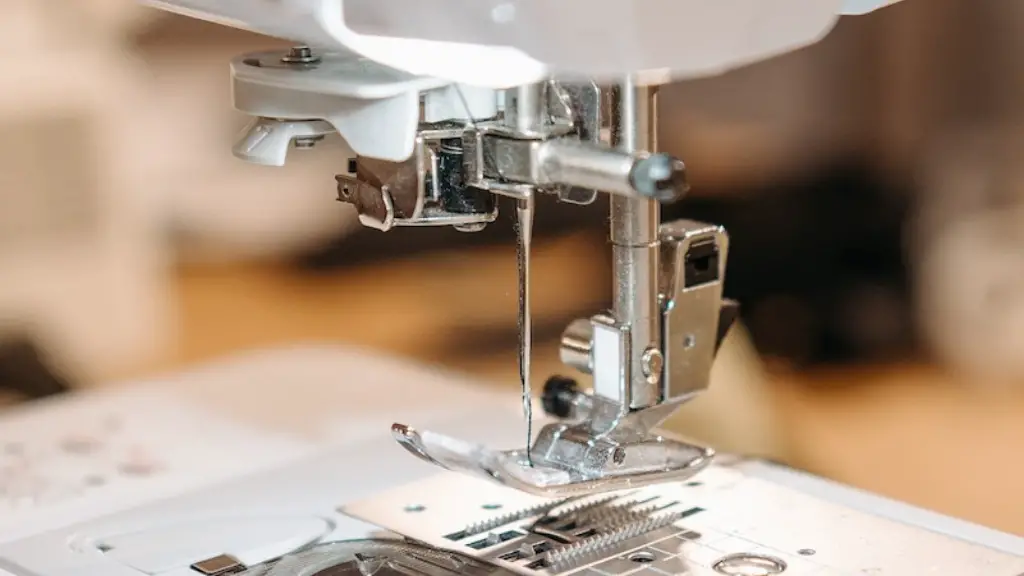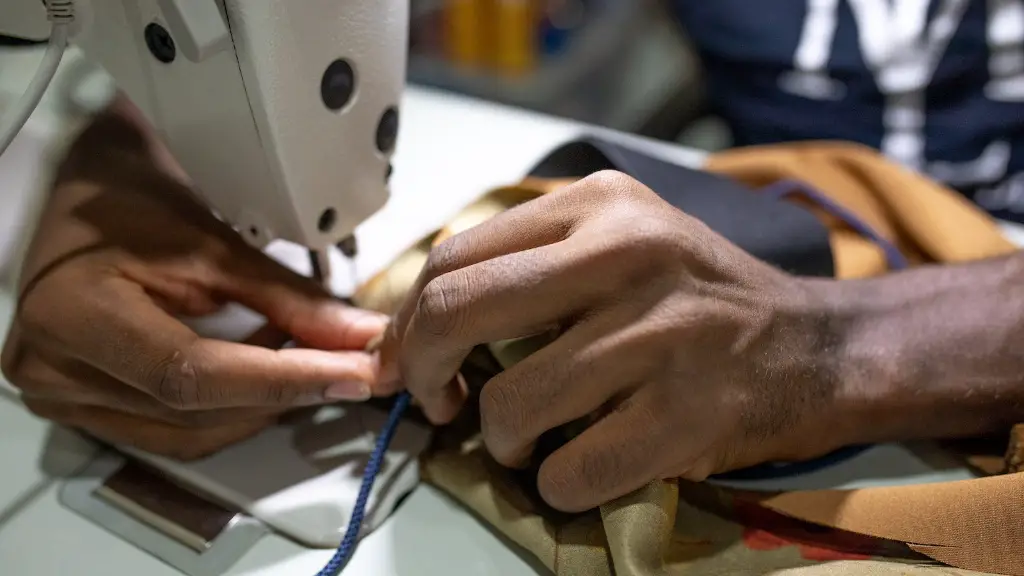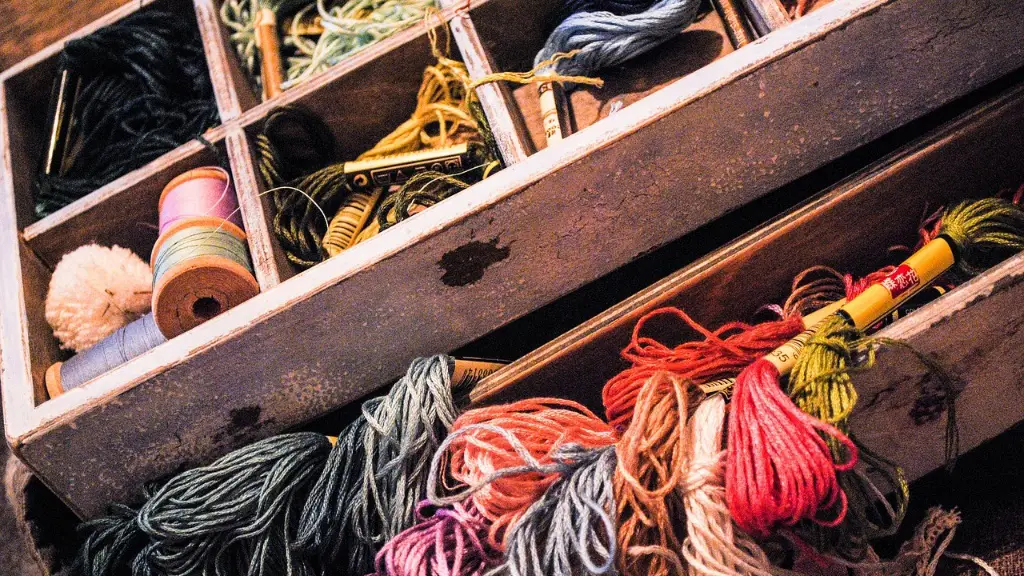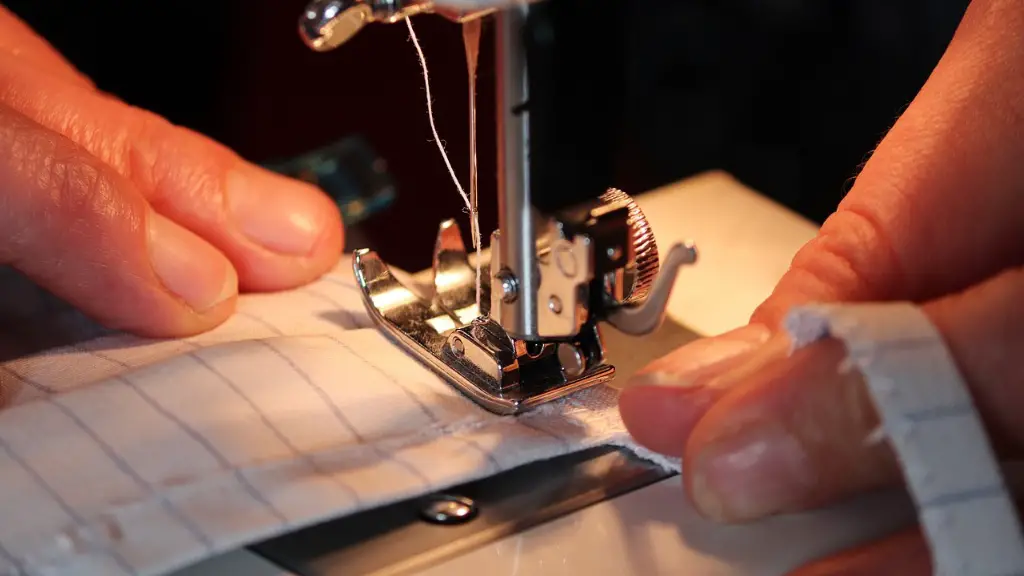Troubleshooting Problems with Your Singer Machine
Owning a Singer machine is an exciting and rewarding experience. It opens up a world of design possibilities and ensures that the fabrics and materials you create have a professional and long lasting finish. However it is important to ensure that you take take of your machine properly and that its components are kept clean. This article will outline the procedure for cleaning your Singer machine and ensure that it continues to operate well.
When cleaning your machine, use a dry soft cloth and do not saturate the cloth with any liquid cleaning solution. Some users have reported surface damage from using abrasive cleaners, so it is best to avoid using them. It is important to clean the outside of the machine, the bobbin and feed dogs, the plate, and the presser foot. Depending on the model of the machine, you may need additional tools to reach these components.
When cleaning the outside of the machine, use a soft lint-free cloth to gently remove dirt, dust, and lint. If a cloth is not enough to remove residue, you can use a piece of clean painter’s tape or an adhesive lint roller to further remove dirt. Any other cleaning solutions should be avoided when cleaning the outside of the machine. Many users suggest that a soft brush is a great tool for cleaning the inside of the machine. A soft brush like an old toothbrush will be the best option for reaching tight corners and crevices.
The bobbin, feed dogs, and plate should all be cleaned with a dry cloth and should be wiped by hand. You can use a slightly damp cloth, but again, it is important to make sure that the cloth does not get saturated with any liquid cleaning solution. It is important to ensure that all dirt and debris is removed from these components to ensure that there is no disruption in the machine’s performance.
Finally, the presser foot should be cleaned with a dry cloth. If a cloth is not sufficient, you can use a vacuum cleaner or compressed air to remove dirt and dust. Do not use the vacuum cleaner while the machine is powered on and make sure that the compressed air is at least a foot away from the machine to avoid damaging any components.
Lubrication and Tune-ups
When cleaning your machine, it is important to ensure that all of its components are properly lubricated. Proper lubrication ensures that the components move with less friction and that the machine can perform smoothly. It is important to consult your machine’s manual in order to determine what oil and lubricant should be used. Many machines come with their own lubricant, but if you need to purchase lubricant, make sure it is compatible with your machine’s components.
It is also important to check the needles and threads of your machine. If the needles are bent or broken, they will need to be replaced. It is important to replace the needles as soon as possible and ensure that the correct type of needles are used. The threads should also be checked and if there are any threads that have become entangled, these should be cut with a pair of scissors.
It is important to ensure that all of the components of your machine are in good working order. If you notice any issues or parts that need replacing, it is best to consult a technician so that the problem can be fixed before it causes any further damage. It is also important to consider investing in a tune-up for your machine. A tune-up can help ensure that your machine is running efficiently and performing at its best.
Storage and Maintenance
When your machine is not being used, it is important to properly store it. It is best to keep the machine in a cool, dry area and away from direct sunlight. The machine should be covered with a soft cloth to keep it dust-free. It is also important to make sure that there are no items placed on top of the machine that may interfere with it while it is in use.
Finally, it is important to perform routine maintenance on your machine. This includes regular oiling and cleaning, checking for any worn parts or loose screws, and ensuring that all components are properly aligned. You should also consider performing a weekly self-check of your machine to identify any possible malfunctions or issues. All of these routine checks and maintenance procedures should help ensure that your machine continues to perform smoothly for many years to come.
Protecting Your Singer Machine
Once you have taken the time to clean and lubricate your machine, it is important to remember to protect it from any potential damage or wear and tear. This includes using the machine according to its instructions and avoiding prolonged use of these machines. Additionally, it is important to limit the attachment of any accessories that could potentially cause further damage to the machine. If you need to travel with your machine, make sure to use a proper carrying case to protect the machine and its components during transportation.
When working with your Singer machine, it is important to only use compatible fabrics. Using thick fabrics or multiple layers of fabric can cause the machine to slow down or even jam. Make sure to check the manual to determine which fabric types are compatible with the machine.
It is also important to regularly inspect the machine for any signs of wear and tear. If you notice any damage to the machine, such as dents or scratches, it is important to have the necessary repairs carried out promptly to prevent further damage.
Conclusion
Caring for a Singer machine requires commitment and dedication. It is important to ensure that you regularly clean the machine and properly lubricate its components. Furthermore, it is essential to ensure that the machine is stored away from dust and direct sunlight. Additionally, it is important to remember to only use compatible fabrics and to regularly inspect the machine for any signs of wear and tear. Following these steps will help keep your Singer machine in top condition and ensure that you get the most out of your machine.



